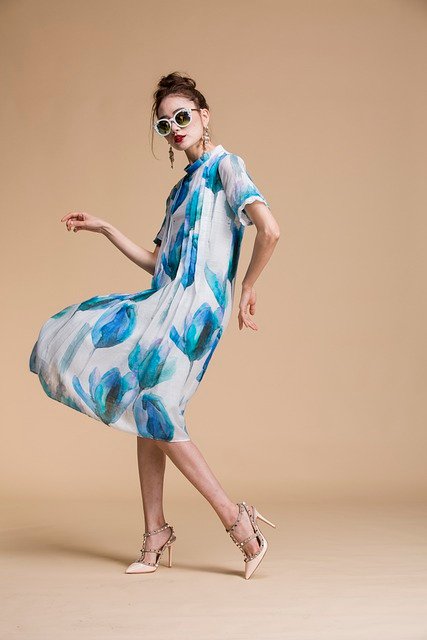
Sustainable Fashion: Redefining Style in the Age of Conscious Consumerism
In a world where fast fashion dominates the market, the rise of sustainable fashion is a breath of fresh air. As consumers become more aware of the environmental and ethical implications of their purchases, the demand for conscious choices in clothing has never been higher. This shift is not just a trend; it’s a movement that is redefining style and reshaping the fashion industry.
What is Sustainable Fashion?
Sustainable fashion refers to clothing that is designed, produced, and consumed in a way that is environmentally friendly and socially responsible. This includes using eco-friendly materials, ethical labor practices, and promoting a circular economy where clothes are reused, recycled, or repurposed.
Key Principles of Sustainable Fashion:
Eco-Friendly Materials: Utilizing organic cotton, Tencel, hemp, and recycled fabrics reduces the carbon footprint and minimizes waste.
Ethical Production: Ensuring fair wages and safe working conditions for all workers in the supply chain is crucial for sustainable fashion.
Timeless Design: Focusing on classic styles that transcend seasons encourages consumers to invest in quality pieces rather than disposable fashion.
Circular Economy: Promoting the recycling and upcycling of garments helps to reduce waste and encourages a more sustainable lifecycle for clothing.
The Impact of Conscious Consumerism
As consumers become more informed, they are making choices that reflect their values. Conscious consumerism is about prioritizing quality over quantity and supporting brands that align with ethical practices. This shift is influencing designers and retailers to adopt more sustainable practices, leading to innovative solutions in the fashion industry.
Benefits of Sustainable Fashion:
Environmental Protection: Reducing waste and pollution through sustainable practices helps protect our planet for future generations.
Social Responsibility: Supporting fair labor practices ensures that workers receive fair compensation and safe working conditions.
Personal Style: Sustainable fashion encourages individuality, as consumers are more likely to invest in unique, high-quality pieces that reflect their personal style.
How to Embrace Sustainable Fashion
Research Brands: Look for brands that prioritize sustainability and transparency in their production processes.
Invest in Quality: Choose timeless pieces that are well-made and can be worn for years to come.
Shop Secondhand: Thrift stores and vintage shops are treasure troves for unique finds while reducing waste.
Care for Your Clothes: Properly caring for your garments extends their lifespan and reduces the need for frequent replacements.
Get Creative: Upcycle old clothing into new pieces or accessories to give them a second life.
Conclusion
Sustainable fashion is more than just a buzzword; it’s a necessary evolution in the way we think about style and consumption. By embracing sustainable practices, we can redefine fashion in a way that honors our planet and its people. Let’s make conscious choices that reflect our values and contribute to a more sustainable future in the fashion industry.
Join the movement and be a part of the change! Share your sustainable fashion journey with us using #SustainableStyle.
